If killing bamboo with bleach and gasoline sounds to you like a bad idea, that’s because it is. But sometimes bamboo can spread so aggressively that it will drive gardeners to the point of madness. Rather than going to the trouble of excavating a bamboo plant and removing the entire root system, it’s tempting to look for shortcuts. Necessity, as they say, is the mother of invention. And yes, maybe a stitch in time can save nine. But saturating the soil with toxic chemicals to eliminate some bamboo is more like an example of when haste makes waste.
Bamboo plants are rather famous for their tenacious and fast-spreading rhizome root systems. And once the bamboo reaches maturity, and gains a solid foothold, it can be a real beast to remove. Innovative gardeners have come up with all kinds of malicious ways to destroy their invasive bamboo, including salt, bleach, gasoline, glyphosate (Roundup) and other household weed killers. These methods have varying degrees of success, but are generally detrimental from an ecological point of view. Ultimately, if you want your bamboo gone for good, you will probably have to dig it out, piece by piece.
In this article — first published in September 2020 and most recently updated in May 2024 — we’ll consider how effective these methods might be, and spell out the disadvantages of trying to kill off bamboo with poisons and chemicals. We’ll also explain the proper and most effective way to go about removing an unwanted bamboo plant. If you’d like to learn more about controlling your bamboo and how to avoid being overrun in the first place, these in-depth articles will also prove helpful:
- How to get rid of bamboo
- How to contain your bamboo
- Dig a trench for a bamboo barrier
- The most invasive varieties of bamboo
- Best clumping bamboos: Never run again
- The best tools for bamboo gardening
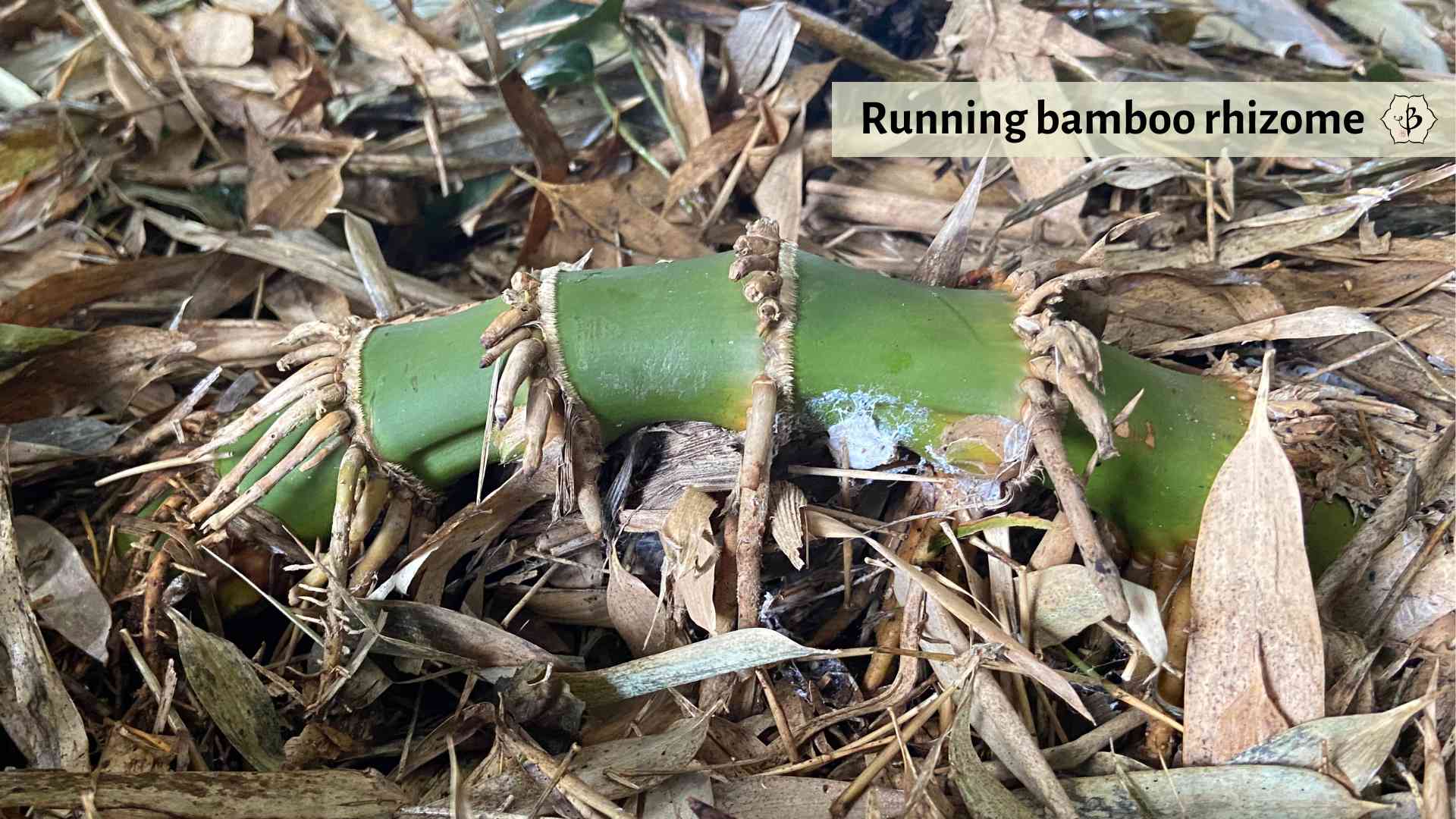
Can I kill my bamboo?
When something becomes invasive and starts to take over your yard, your instincts might simply tell you to kill it. Stop the menace before it destroys the entire garden. Bamboo can easily run under the fence and wreak havoc on your neighbor’s garden as well. So there are times when the only solution is to stop the beast in its tracks. But how?
Bamboo is a remarkably sustainable plant, fast-growing and resilient. In agriculture, these are fabulous traits. But when it comes time to remove the bamboo, you’re up against a real force of nature. When you cut it down it grows right back. Those running rhizomes can get everywhere, forming an invincible underground network. The thought of digging them out is simply too much. It sounds so much easier to just kill it off.
But killing bamboo is not easy. Sure, you can sabotage and disfigure it until the once elegant plant has become an unsightly monstrosity. The leaves will discolor and fall, the culms will dry out and deteriorate, but the rhizomes will hang on for dear life. And in most cases, they will gradually recover, and begin to spread once again.
So desperate gardeners will resort to desperate measures. Once you’ve cleared away the culms and any of the bamboo growing above ground, you can consider some of these toxic and exotic options.
Killing bamboo with gasoline or diesel
Gasoline is an effective weed killer. And people claim that it can be effective in killing bamboo. Once you’ve cut back the poles, they say you can sprinkle or spray a gallon or two of gasoline over the area where the roots are.
Obviously, this is not an environmentally friendly option. And in most neighborhoods, it’s illegal to pour gasoline into your soil. Like dumping toxic waste in your own backyard, this is a technique that we simply cannot endorse.
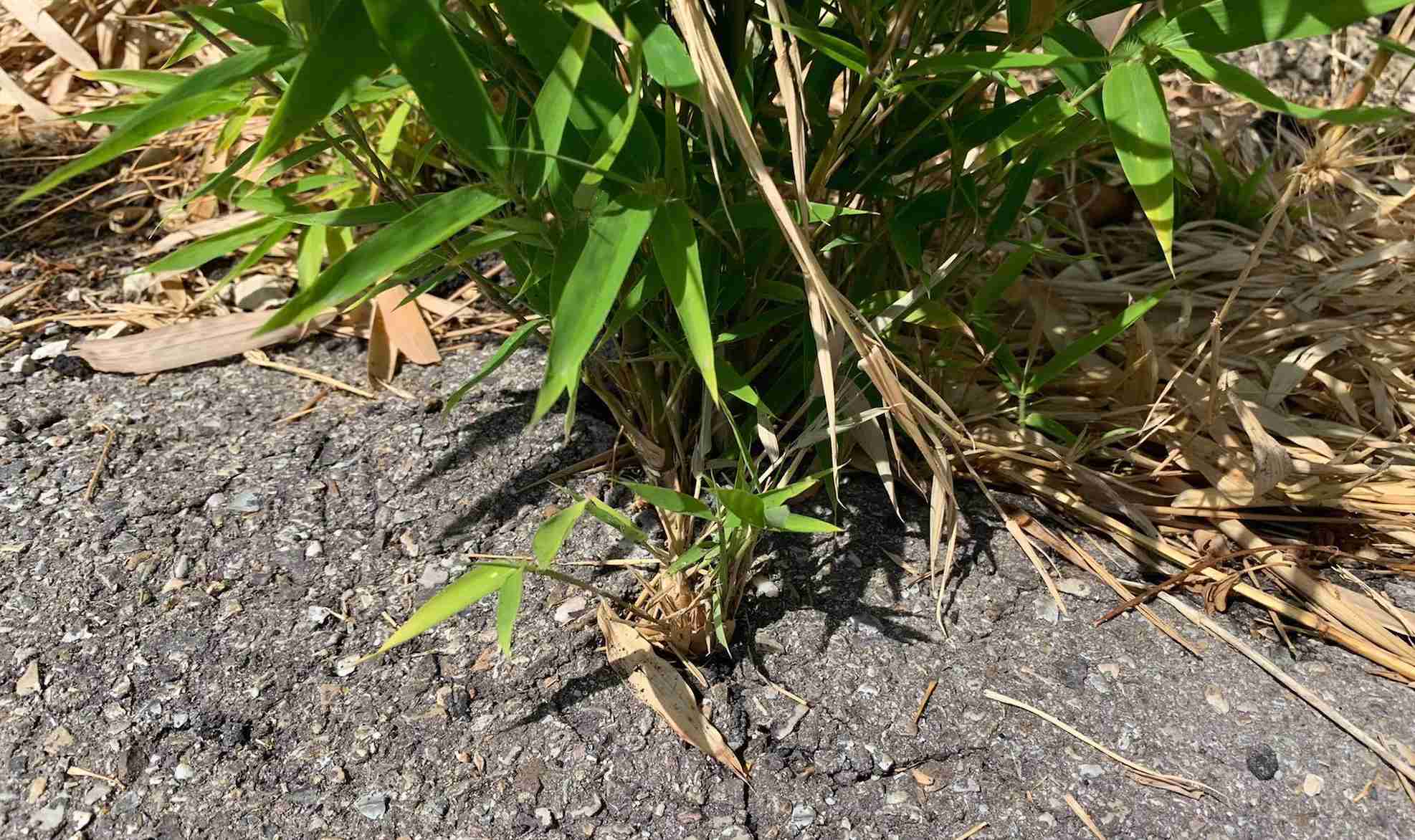
Killing bamboo with salt
The use of salt to kill off crops is a practice as old as the Roman Empire. Not quite as toxic, but like using gasoline, it can do permanent damage to your soil. Pour enough saltwater on your bamboo and it will suffer. But whether it will die is probably a question of time and persistence.
One method I’ve seen is to fill a large bucket with saltwater, and then tap into it with your surviving bamboo roots. Simply lift the long and shallow roots up from the soil and place one end in the bucket. Give the roots a few days to drink up some of the saltwater, and then continue throughout the bamboo-infested area. Supposedly this works, but it seems like with all that time of pulling up roots and waiting for them to drink up the saltwater, you could just dig out the roots and be done with it.
Killing bamboo with Roundup
Attempting to rid their yards of bamboo, it’s not surprising that some gardeners would resort to the world’s most widely used herbicide, glyphosate, popularly sold as Roundup. In addition to the environmental and purported health risks associated with this toxin, most people agree that it’s simply ineffective against bamboo.
I don’t use this product myself, but according to many who do, it only works to kill off a few shoots at a time. Culms will wither and die, but the roots live on, and it’s only a matter of time before new shoots begin to appear again. In my opinion, given the risks and benefits, it’s just not worth it to spray large quantities of glyphosate over long periods of time to eradicate an area of bamboo.
Killing bamboo with bleach
I’ve seen people pour bleach on unwanted plants, in a mix of desperation and ignorance. Frankly, I cannot attest to the efficacy of this technique, having never tried it. But the overwhelming consensus is that it does not work on bamboo. And like the use of gasoline, this is basically equivalent to dumping toxic waste in your garden. You wouldn’t throw batteries and old lightbulbs in your compost, and neither should you pour bleach into the earth.
Killing bamboo with vinegar
Another option available in most pantries, vinegar can definitely kill a small house plant. But will it kill your bamboo? Probably not. Vinegar will basically throw the pH way off, making it too acidic for most plants to survive. But eventually, the soil will adjust and the bamboo will recover.
Like a lot of these methods, it’s only a matter of time. So you end up in a war of attrition with the bamboo. How long do you want to keep pouring herbicides, bleach and salad dressing into your garden, before you finally give up and grab a shovel?
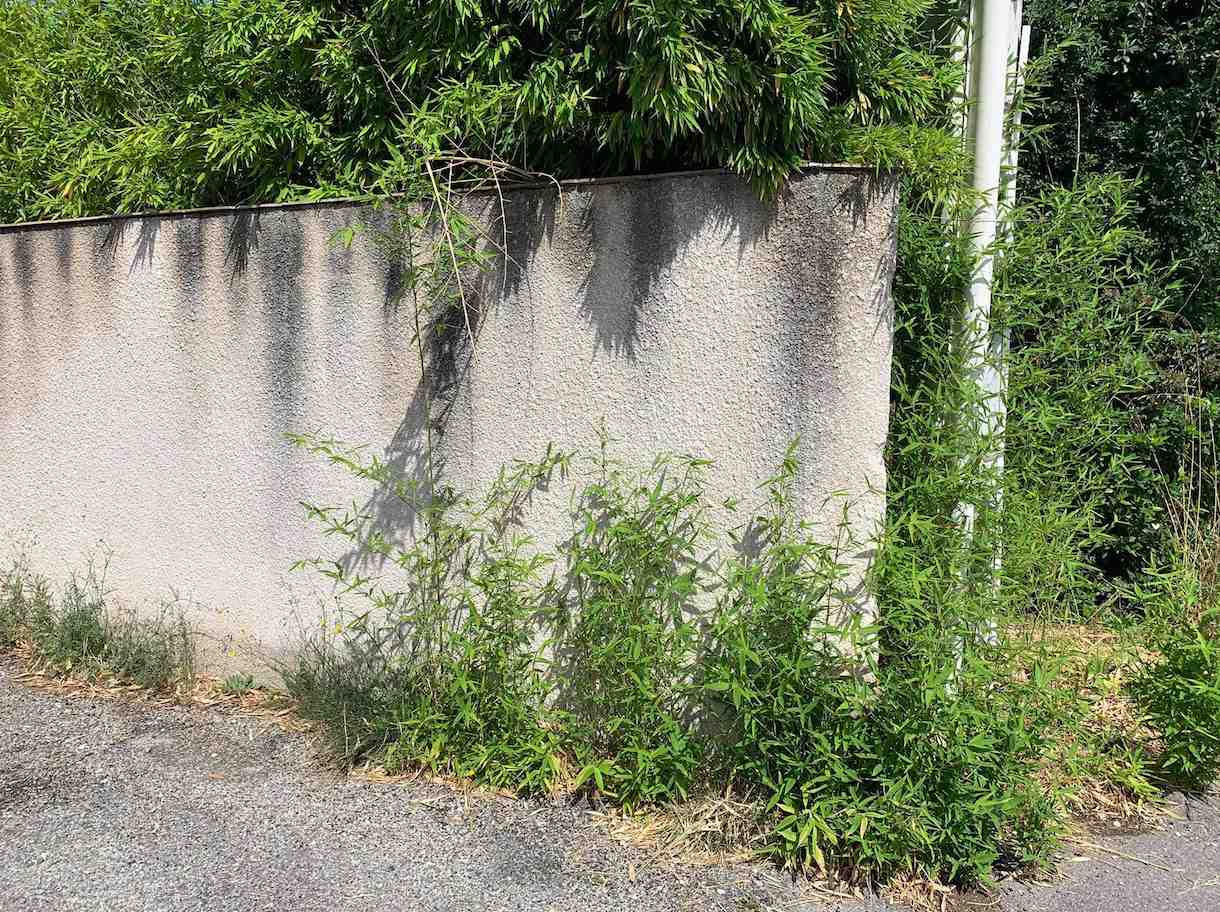
More effective ways to remove bamboo
Really, the only effective way to permanently eliminate a bamboo plant is to excavate the entire root system. Begin by cutting all the culms down to the ground so that the dirt is accessible to shovels and pickaxes. Then start digging. If you’re dealing with a large area of bamboo, you may need to use a backhoe. Remember to be thorough. A small, surviving section of rhizome could be enough to bring the whole grove back.
Sorry to say it, but basically we’re talking about bulldozers and elbow grease.
See our detailed article on How to get rid of bamboo.
I’ve heard other gardeners say that covering their bamboo stumps with thick, black plastic tarp to starve them of water and sunlight will also kill the plant. Personally, however, I’m a bit skeptical. You’d have to cover a pretty wide area, to ensure that the roots don’t just come up around the edges. And you’d have to be comfortable with a giant sheet of plastic buried in your yard.
Frankly, every time I’ve seen someone use a plastic tarp to keep weeds out, the tarp has eventually disintegrated. Maybe it works for a few years, and maybe even enough time to sell the house and move away. But eventually you (or the next resident) end up with all these little bits of shredded plastic mixed in with the mulch or rocks or whatever went on top of the tarp.
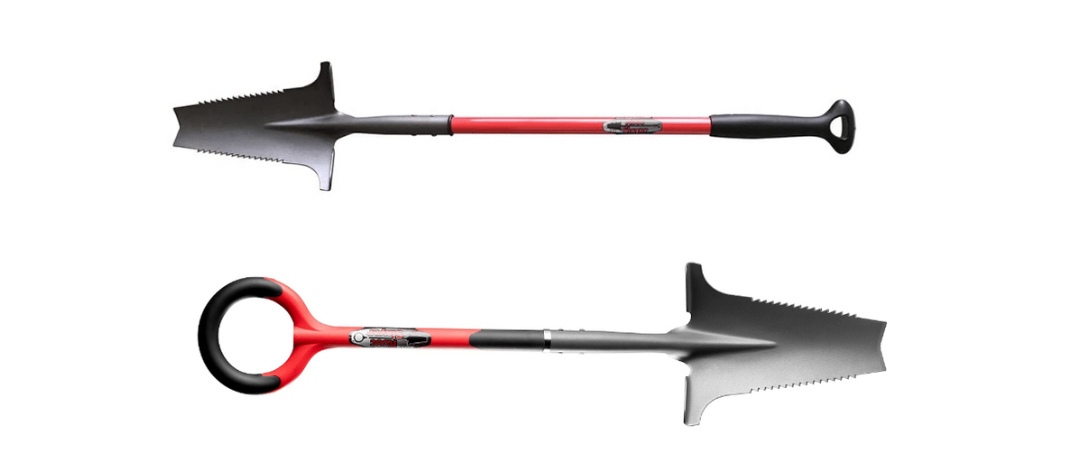
Of course, it always helps to have the right tool for the job. That’s why we recommend these carbon steel shovels with serrated edges from Radius Garden. The Root Slayer is available in a few different sizes, ideal for eradicating those hard-to-reach rhizomes.
Prevention and planning
Don’t be put off by the fact that some bamboos can be horribly invasive. There’s actually a wide variety of clumping bamboo species, which keep to a pretty confined area. If you stick with these types of bamboo, you won’t run into the problem of running bamboo taking over your garden and your neighborhood.
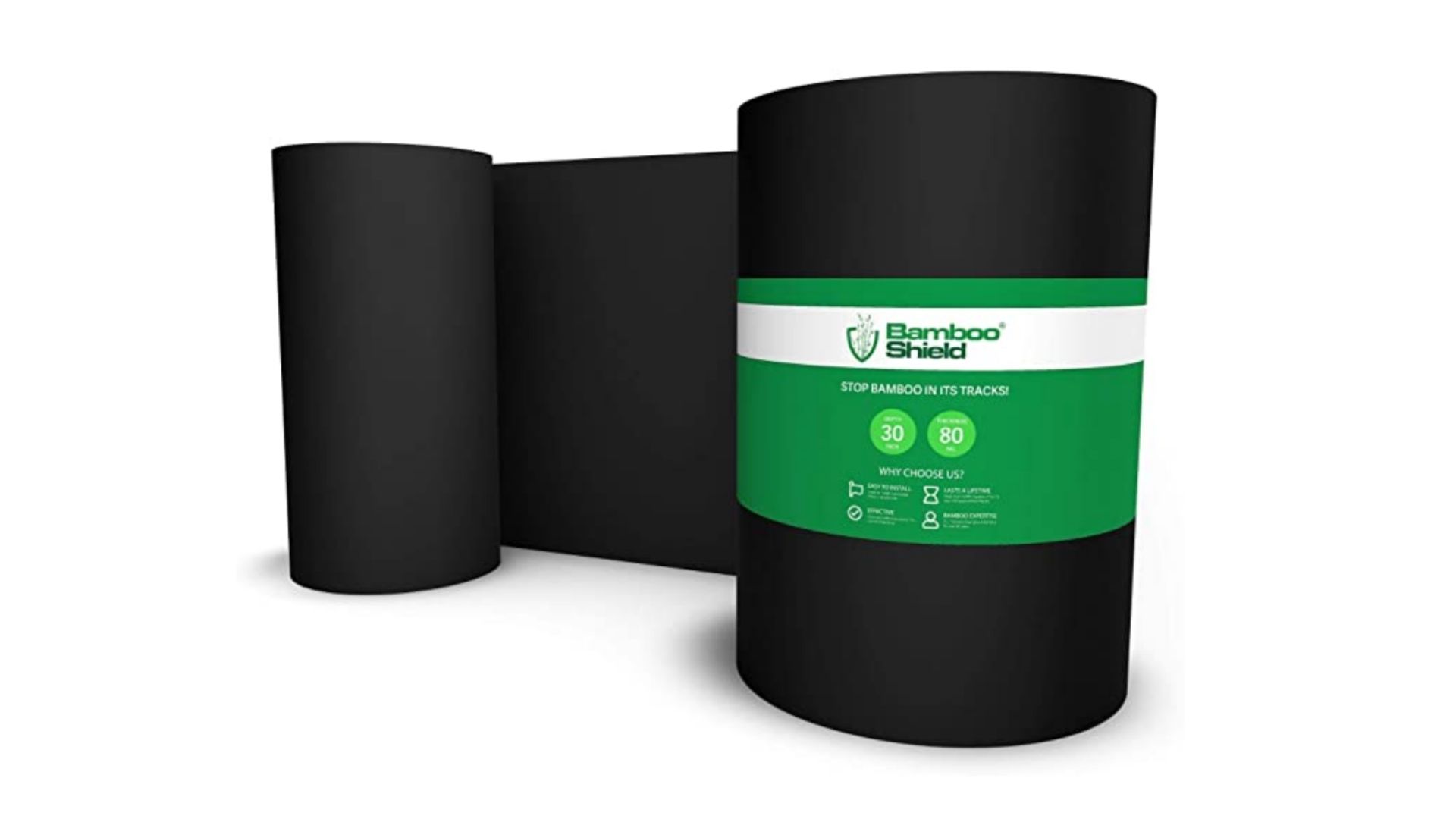
Otherwise, it’s always a good idea to use a bamboo root barrier, such as Bamboo Shield, shown above and available from Amazon. These thick, plastic barriers go about 2-3 feet deep into the ground and contain the running rhizomes quite nicely. Just give the bamboo enough room within the barrier to stretch out. And be sure to check around the barrier once in a while to look for jumpers and runaway rhizomes trying to escape the barrier. You can never be too safe with these guys.
Take a look at our detailed article on Installing Bamboo Root Barriers.
Another great strategy is to dig a trench around your bamboo grove. This is a safe and reliable method that makes it easy to monitor the rhizome activity and keep the bamboo in place.
Further reading
If you enjoyed this article about how to kill bamboo (or not) with salt, poison and other toxins, please consider sharing the blog post or subscribing to our mailing list. You might also be interested in some of the following links:

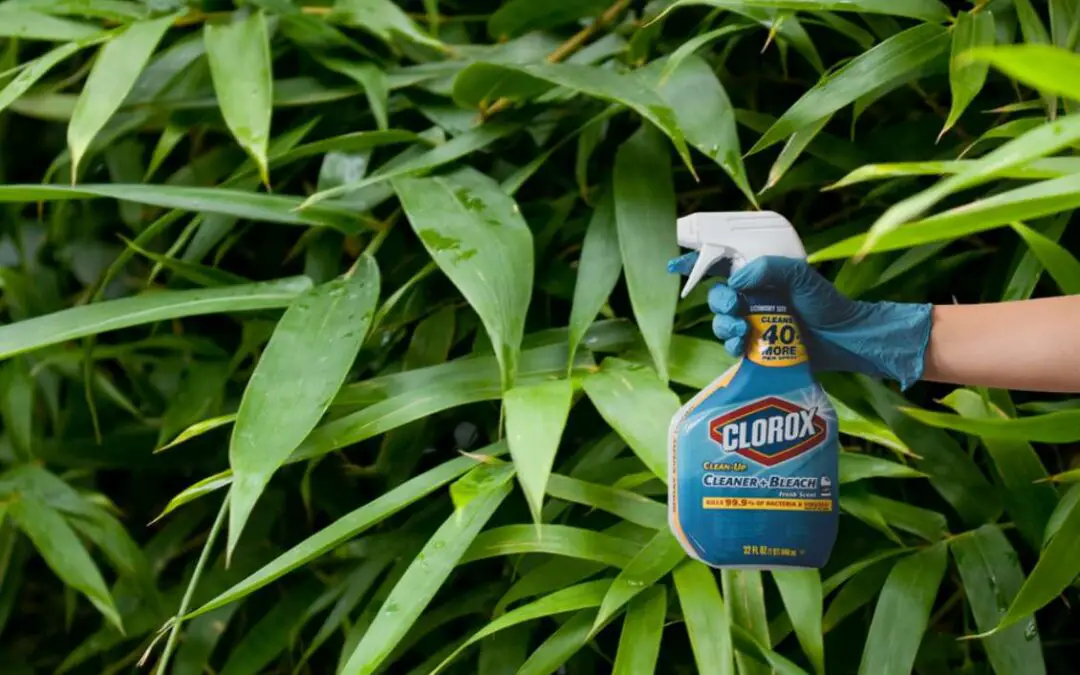
























Well, you certainly showed what not to do to get rid of bamboo, are you willing to come to dig my yard for me?
What chemicals will work to get rid of these invasive plants?
Hi Benton, I’m afraid my calendar is full! But here’s some useful tools that might help. Good luck with the eradication.
Chemicals are unlikely to be effective. Instead, try the strategy described in the video above, at the end of the article.
Hi yes very interesting. Ok my elderly dad bought a property 6 months ago. And did not realize the extent of the bamboos growing in his yard. And was very annoyed when he learned how hard it would be to eradicate them and now its spread quite a bit. He is to old to dig it out. And needs to hire a digger which is going to cost a lot. So yes I see what you mean it’s horrible
Sorry to hear that. Unfortunately, a few sloppy gardeners can easily spoil it for the rest of us. But it doesn’t have to be such a mess: It is safe to plant bamboo.
In San Antonio Texas, bamboo is considered a grass and therefor cannot be higher than any other grass. I, too, bought a house with a backyard bamboo jungle.
Yes, we used gasoline @ 1 gallon every other week for a year. The bamboo bases turned brown from drinking. Then cut down any columns and hand & hatchet dug up the thick, lateral roots.
Wish I could post a picture of one.
Wow. That’s a lot of fuel.
It should be the responsibility of the person who planted it originally. A neighbor is leaving us with a mess he started but never even attempted to do anything about.
My idiot neighbor planted giant running Bamboo on his side of a long narrow forested area that divides my property from his. Once it gets established there will be no getting rid of it without killing everything there and since my side gets more light it’s staring to invade my property. With all the trees and everything else there it’s impossible to install a barrier. Not sure what to do.
Hi JC. That stinks. People need to think about their neighbors before they plant bamboo – or anything. The best strategy would be a containment trench, but it might be difficult to do that.
https://bambubatu.com/dig-a-trench-for-a-bamboo-barrier/